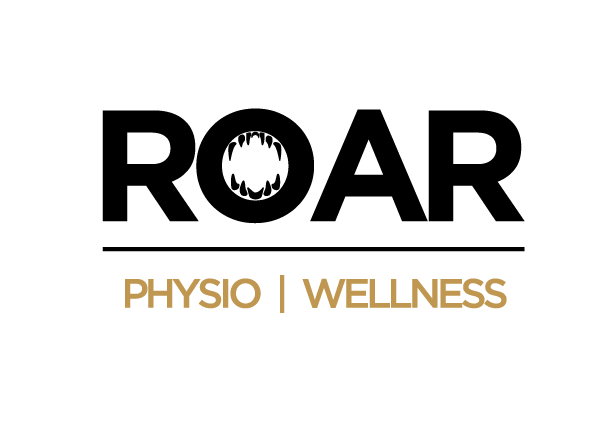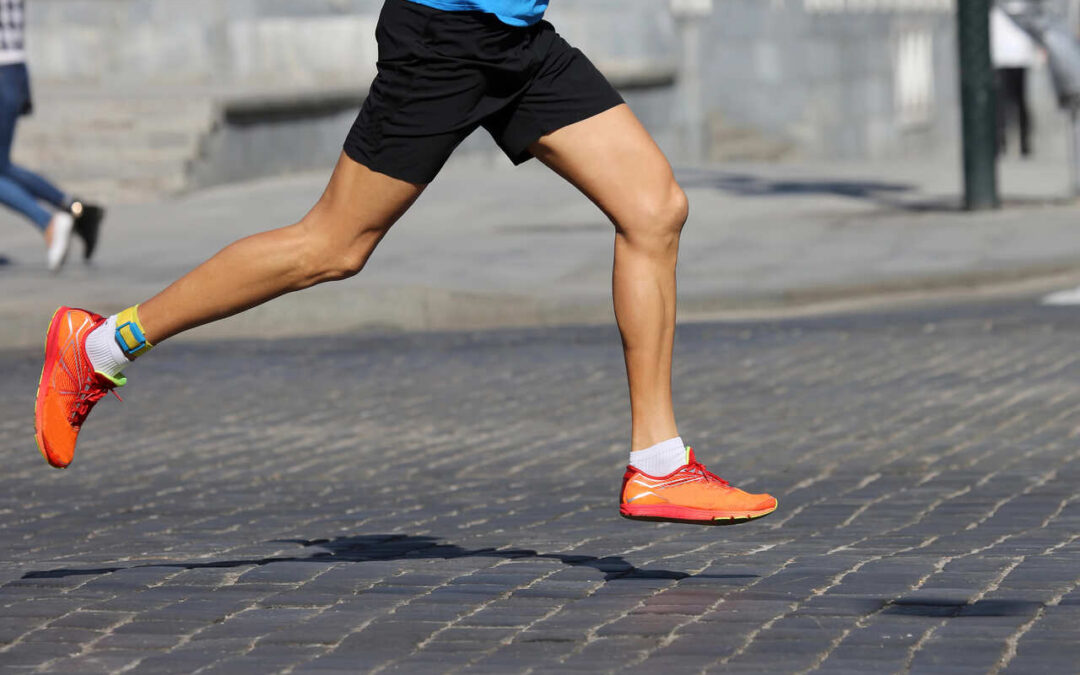Athletic pursuits push the body to its limits, often leading to injuries, chronic pain, or decreased performance over time. Physiotherapy is an essential resource for athletes, offering tailored solutions to recover from injuries, prevent recurring issues, and optimize physical capabilities. Whether you’re a professional athlete or someone who enjoys recreational sports, physiotherapy helps you stay active, strong, and competitive. This blog dives into how physiotherapy benefits athletes, the injuries it addresses, and the techniques that help maintain peak condition.
Benefits of Physiotherapy for Athletes
Physiotherapy offers a range of advantages that help athletes stay competitive and maintain peak physical condition.
- Injury Prevention: Physiotherapists assess biomechanics and address muscle imbalances, reducing the risk of injuries.
- Faster Recovery: Targeted treatments help speed up recovery after injuries, allowing athletes to return to training and competition sooner.
- Improved Flexibility and Strength: By addressing mobility issues and strengthening key muscle groups, physiotherapy enhances athletic performance.
- Customized Care: Treatment plans are tailored to the athlete’s sport and specific needs, ensuring optimal results.
- Pain Management: Techniques like manual therapy and pain-relief modalities alleviate pain and promote healing.
- Longevity in Sports: By addressing recurring issues and maintaining physical health, physiotherapy supports long-term athletic careers.
Whether you’re a professional or a recreational athlete, physiotherapy provides the support needed to stay active and perform your best.
Types of Sports Injuries Physiotherapy Can Treat
Athletes are prone to a variety of injuries, many of which can be effectively managed with physiotherapy. Common injuries include:
- Sprains and Strains: Physiotherapy reduces swelling, restores strength, and improves mobility for ligament and muscle injuries.
- Tendonitis: Inflammation of tendons, such as Achilles or patellar tendonitis, can be addressed with targeted exercises and manual therapy.
- Stress Fractures: Low-impact exercises and gradual weight-bearing activities promote healing while preventing further damage.
- Rotator Cuff Injuries: Strengthening and stretching exercises help restore shoulder mobility and function.
- ACL Tears: Post-surgical rehabilitation focuses on rebuilding strength and stability in the knee.
- Shin Splints: Treatment involves reducing inflammation and improving biomechanics to avoid recurrence.
Physiotherapy ensures that athletes recover from injuries effectively and return to their sport stronger than before.
Improving Athletic Performance: The Role of Physiotherapy
Physiotherapy plays a crucial role in optimizing athletic performance, far beyond simple injury recovery. It enhances mobility by improving joint flexibility and muscle elasticity, which allows athletes to move with greater efficiency and fluidity.
Strength training forms another essential component, focusing on targeted exercises that build the power and endurance required for peak performance. Biomechanical analysis is integral to physiotherapy, as it identifies movement inefficiencies and corrects them, reducing wasted energy and refining athletic form.
Sport-specific training tailors physiotherapy programs to meet the unique demands of an athlete’s chosen discipline, whether it’s improving agility for soccer players or increasing upper body strength for swimmers. Additionally, addressing pain and mobility issues boosts confidence, helping athletes fully focus on their performance without limitations. By addressing physical limitations systematically, physiotherapy helps athletes unlock their full potential and achieve new heights in their sport.
When Should an Athlete Consider Seeing a Physiotherapist?
It’s not just injuries that should prompt a visit to a physiotherapist—there are many situations where seeking physiotherapy is beneficial:
- After an Injury: Physiotherapy aids in recovery from acute injuries like sprains, fractures, or muscle tears.
- To Prevent Injuries: Regular assessments can identify potential issues, such as muscle imbalances or improper movement patterns, before they lead to injury.
- During Rehabilitation: Post-surgical or post-injury rehabilitation ensures proper healing and prevents long-term complications.
- For Performance Optimization: Athletes looking to enhance flexibility, strength, or endurance can benefit from tailored programs.
- With Chronic Pain or Repetitive Strain: Conditions like tendonitis or overuse injuries require expert care to prevent worsening.
- When Starting a New Training Regimen: Physiotherapy can help ensure proper form and reduce the risk of strain when increasing intensity or volume.
Regular check-ins with a physiotherapist are an investment in an athlete’s health and performance.
Get Your Roar Back
Physiotherapy Techniques Commonly Used for Athletes
Physiotherapists use a variety of evidence-based techniques to treat and support athletes:
- Manual Therapy: Hands-on techniques like joint mobilization and soft tissue massage reduce pain and improve mobility.
- Stretching and Strengthening Exercises: These exercises enhance flexibility and build the strength needed for athletic performance.
- Taping and Bracing: Techniques like kinesiology taping provide support to injured areas while allowing movement.
- Dry Needling and Acupuncture: These methods release muscle tension and improve circulation for faster recovery.
Each technique is tailored to the athlete’s condition and performance goals, ensuring effective results.
Post-Surgery Rehabilitation for Athletes: The Role of Physiotherapy
Physiotherapy is crucial for athletes recovering from surgery, ensuring proper healing and a safe return to their sport.
- Restoring Mobility: After surgery, stiffness and restricted movement are common. Physiotherapy employs techniques like stretching and mobilization to restore range of motion.
- Rebuilding Strength: Targeted exercises help rebuild muscle strength and endurance in the affected area, allowing athletes to regain their pre-surgery performance levels.
- Preventing Complications: Physiotherapy reduces the risk of scar tissue buildup, joint stiffness, and muscle atrophy through active rehabilitation.
- Customized Recovery Plans: Each athlete’s rehabilitation journey is tailored to their surgery type, sport, and recovery timeline, ensuring optimal results.
- Gradual Return to Activity: Physiotherapists guide athletes through a structured progression of activities, reducing the risk of reinjury during their return to play.
By addressing all aspects of recovery, physiotherapy ensures that athletes regain strength, mobility, and confidence after surgery.
How Often Should Athletes Undergo Physiotherapy Sessions?
The frequency of physiotherapy sessions for athletes depends on individual factors, including the condition being treated, recovery objectives, and training schedules. Athletes recovering from injuries or surgery often require two to three sessions per week during the initial stages of treatment. This frequency may taper off as they make progress and transition into the recovery phase.
For athletes focused on maintenance and injury prevention, physiotherapy every two to four weeks is often sufficient to identify and address potential issues before they escalate. During periods of intense training or competition, weekly sessions can be highly beneficial in managing strain, maintaining mobility, and keeping performance levels high. Physiotherapists collaborate with athletes to create customized schedules that align with their needs, ensuring effective care while avoiding overloading their routines.
Maintaining Peak Athletic Condition: Recommended Physiotherapy Exercises
Physiotherapy includes exercises designed to enhance strength, flexibility, and endurance. Here are some examples:
- Plank Variations: Strengthen the core muscles essential for stability and balance in nearly all sports.
- Single-Leg Deadlifts: Improve balance, coordination, and hamstring strength while targeting lower body muscles.
- Resistance Band Lateral Walks: Strengthen the hip abductors, reducing the risk of knee and hip injuries.
- Dynamic Stretching: Incorporates movements like leg swings and arm circles to improve flexibility and prepare muscles for activity.
- Box Jumps: Enhance explosive power and agility for sports requiring quick directional changes.
- Foam Rolling: Used for muscle recovery, foam rolling reduces tension and improves circulation after training.
These exercises can be incorporated into an athlete’s routine to maintain peak condition and reduce injury risk, with guidance from a physiotherapist to ensure proper form.
Unlock Your Athletic Potential
If you’re an athlete striving for better performance, faster recovery, or injury prevention, Roar Physio | Wellness can provide the care you need. Our experienced physiotherapists offer tailored treatment plans to support your goals and keep you at the top of your game. Contact us today to schedule your appointment and take the next step toward achieving your full athletic potential.

